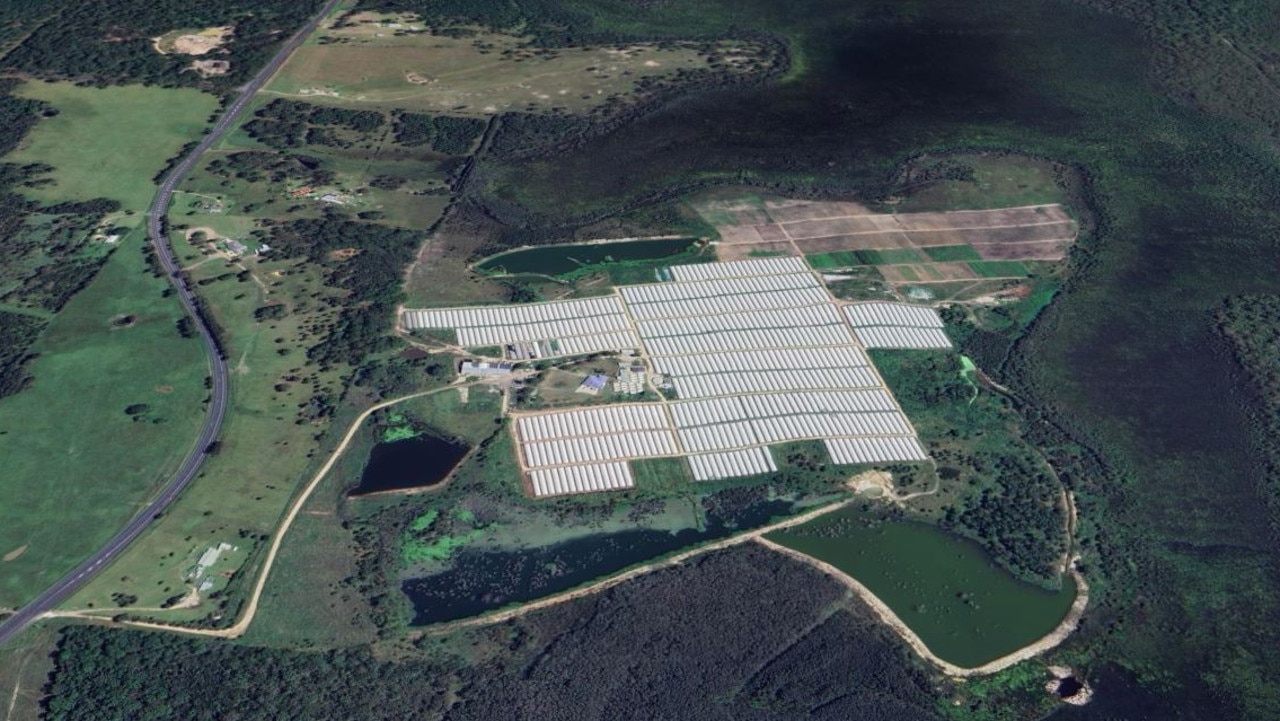Water storage’s triple drain on volumes
Low winter rainfall combined with environmental flows and irrigator demand are draining dam storages at an alarming rate.

South-eastern Australia’s water storages have received as little as 5 per cent of their normal inflows as dry conditions continue to bite agriculture.
Figures from Goulburn Murray Water show September inflows to Lake Eildon were a third of their average, with the dam sitting at 87 per cent of capacity, its lowest level since June 2022.
But the situation is even worse or other dams with Lake Eppalock recording less than 10 per cent of inflows expected last month, while Cairn Curran’s total was less than five per cent.
Added to the lack of inflows has been increased demand, not only from irrigators facing a dry time but also to fulfil environmental water orders.
There has also been a big drawn down on one of the nation’s major water storages, Lake Hume, which is at 67 per cent capacity, compared to 94 per cent this time a year ago.
GMW river operations manager Andrew Shields said most inflows into dams came in August and September, and had failed to top up storages this year.
“August and September are usually the peak months for inflows and even if we got significant rain now, the catchments are dry,” Mr Shields said.
“It’s like a sponge - you need the sponge to be wet for water to start to run off and it’s hard to say exactly how much rain would be needed for that to happen.
“We would need 60-80mm (of rain) to start to get a good response from the catchment and we are at the time of year when inflow volumes start to decline.”
Mr Shields said there were plenty of demands on storages in the past month from irrigators and to supply environmental flows, running in tandem with the low inflows.
“It’s really evident in Lake Hume, which has really gone down in the past month, but it is what the water is there for,” he said.
In a drought statement released by the Bureau of Meteorolgy, it was noted that many storages in south-eastern states were 10-50 per cent lower than at the same time last year.
The BOM said streamflow was low at a large proportion of sites in Victoria, the southern Murray–Darling Basin, South Australia and south-west of Western Australia.
But some water storage levels were also low in the west of Western Australia and in central Queensland.




